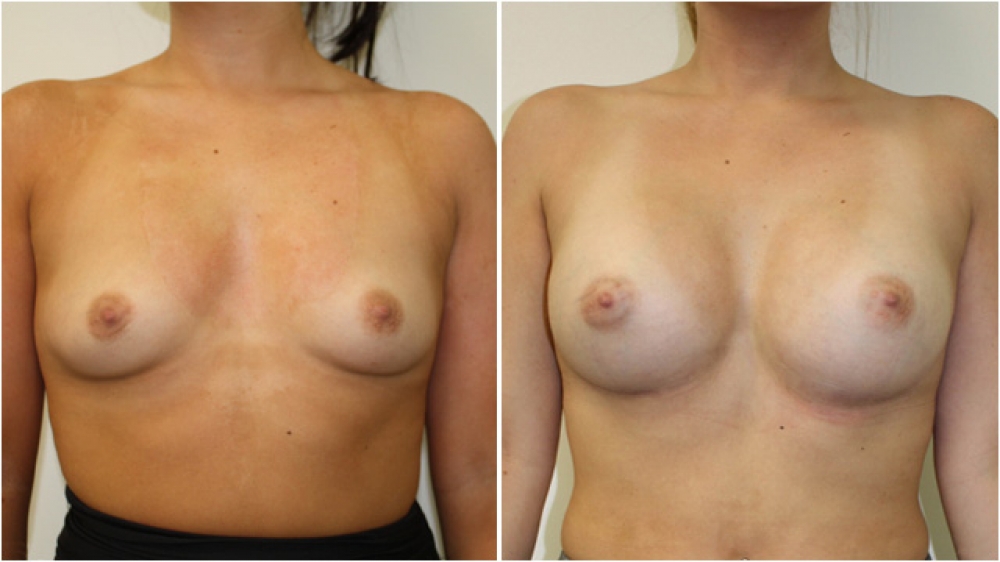The Breast
 Proportional breast augmentation by Dr Miroshnik using 255g anatomical implants, dual plane placement
Proportional breast augmentation by Dr Miroshnik using 255g anatomical implants, dual plane placement Dr Miroshnik has vast experience in varying surgical procedures of the breast and currently accepts national and international patients. Many patients travel for surgery with Dr Miroshnik, for more information on this and consultation options please contact our clinic.
Under individual sections of each breast procedure, you will be able to find the nature of the surgery, a description of the process, the risks involved and what recovery is like.
Disclaimer: All surgeries on this page are performed by Dr Miroshnik and are published with consent by our patients. Before/after images are taken at approximately 6 months postop unless otherwise stated. They are not guarantees that your results will be the same, as results will vary between individuals. Any surgery or invasive procedure has a recovery time and associated risks, further information on this can be found by clicking this page https://www.drmiroshnik.com.au/recovery/. If you have any questions, please call us to arrange a consultation with Dr Miroshnik.














